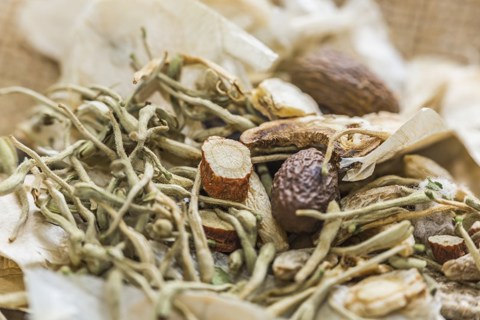The Herbal Anatomical Therapeutic Chemical Classification System
The Herbal ATC system (HATC) provides a unique, scientific framework for the nomenclature and therapeutic classification of herbal substances and their combinations.

Key points
- Provides classification of herbal medicines by internationally approved Latin binomial classification and common therapeutic use
- Used as an integrated part of WHODrug Global to classify products and substances
- Facilitates capture, grouping and aggregation of herbal remedies data at different levels of specificity.
WHODrug Global and HATC
The Herbal ATC system is developed by UMC and is available as an integrated part of WHODrug Global beside the ATC codes produced by WHO Collaborating Centre for Drug Statistics Methodology. The two classifications can be used together to analyse clinical data.
Why a Herbal ATC Classification Systems?
Certain herbal remedies have long been used in conventional medicine and their actions are well defined, for examples Digitalis leaves, Opium, Ispaghula and Cascara. These herbal remedies are already classified in the regular ATC system. There are however hundreds of other less defined herbal remedies that have not been incorporated in the regular ATC classification. Experiences from the ATC system – particularly regarding the monitoring of the adverse effects of drugs – have shown that classification of these less defined herbal remedies would also assist in safety monitoring and clinical data analysis.
It should be stressed that assignment of an HATC code to a herbal remedy is not an indication that the remedy has been proven effective and safe.
Assignment of an HATC code indicates only that information about medical use can be found in the literature.
Structure
Like in the ATC system, Herbal remedies in the Herbal ATC systems are divided into groups according to their therapeutic use. The first level is comprised of 14 anatomical groups designated by the letters A – V. These are the same in the ATC and the HATC. The following levels are similar in the two classifications, but in some cases additional categories are introduced to the HATC for herbal-specific groups.
For example, the complete classification, in the Herbal ATC system, of preparations of Aloe ferox Mill., dry leaf juice, which is used as a laxatives is A06AB5001:
- A - Alimentary tract and metabolism (1st level, anatomical main group)
- A06 - Drugs for constipation (2nd level group, therapeutic main group)
- A06A - Drugs for constipation (3rd level group, therapeutic/pharmacological subgroup)
- A06AB - Contact laxatives (4th level group, therapeutic/pharmacological /chemical subgroup)
- A06AB5001 - Aloe ferox Mill., dry leaf juice (5th level group, individual crude drug)
Access the Herbal ATC
The Herbal ATC system is provided via a subscription to WHODrug Global and the Herbal ATC codes are available only as integrated part of the WHODrug Global dictionary structure. When linked to a computerised medicinal product register or database, the hierarchical HATC structure supports both the broader overview, as well as in-depth analysis, by allowing grouping and aggregation of data at different levels of specificity.
A publication of an index or guidelines of the Herbal ATC system is not currently available.